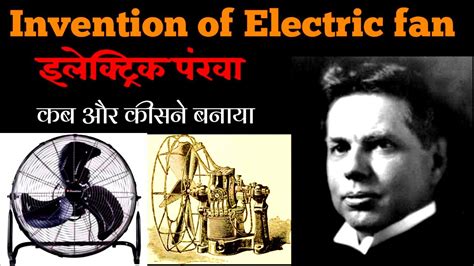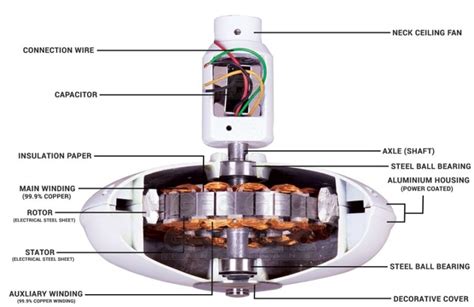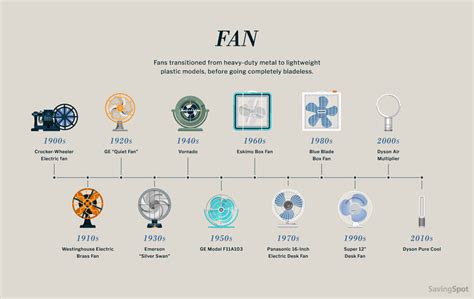early electric box fan with drawer for ice People have been fanning themselves by hand for millennia, of course—or, like the ancient Egyptians, making slaves fan them with huge lotus . See more Get the best deals on TW Steel when you shop the largest online selection at eBay.com. Free shipping on many items | Browse your favorite brands | affordable prices.
0 · who invented the electric fan
1 · when did electric fans come out
2 · history of electric fans
3 · electric fans history timeline
4 · carrier's first electric fan
5 · ancient electric fans
6 · 1950s electric fans
Lewis Roofing in Tulsa, Oklahoma has trained roofing professionals that are ready to knock your project out of the park. Your project will be staffed with proven tradesmen and not fly-by-night “jack-of-all-trades contractors. Our crews will treat your project like gold.
People have been fanning themselves by hand for millennia, of course—or, like the ancient Egyptians, making slaves fan them with huge lotus . See more

But all these cooling devices relied on human- or horse-powered fans. Then, a year after Garfield’s assassination, Wheeler (1860-1923) figured out how to apply the fledgling . See moreAntique Fan Collectors Association Darryl Hudson’s Antique and Vintage Electric Fan Collecting IEEE History Center and Archives IEEE Virtual . See moreMeanwhile, however, Carrier (1876-1950) was perfecting the invention that would leave Wheeler’s humble electric fan in the dust of history. Inspiration struck Carrier while he waited for a . See more Collecting antique electric fans is an interesting and challenging hobby, especially for fans made in the early years after its invention, c.1885, when companies' earliest designs .
Today's house voltage is very close to 120 volts so, while you probably can plug an early AC current fan into your house current with no consequences for short or longer term running, .It is an Eskimo fan which means an Al Bersted product. That means it was sold at drug stores and 5 and Dimes. These were lows cost products not known for high quality but large amounts of .
The new offerings included a 6" two speed fan with four blades, a three speed 9", 5 blade fan- Models 26 and 27 (AC and DC), and 12" and 16" 6 blade fans- Model 21 and 22 .While electric fans first made their way into most people’s homes in the 1900s, the very first electric fan was invented in 1882 by Schuyler Wheeler. It was essentially a propeller with 2 .
A Brief History of the Electric Fan In 1882, responding to an explosion in demand, the son of Dutch immigrants, Schuyler Skaats Wheeler designed the first electric fan. He attached a .
Man-made breezes could now be delivered via electric motors that spun pie-slice-shaped brass blades, stirring and circulating the air within what had been stagnant rooms. The first electric .The earliest electric fans appeared in the early 1880’s. The fan was basically a blade attached to an electric motor. The development of the fields of Electrical Engineering and Aeronautical .The original iceboxes were literally well-insulated boxes with a drawer at the top in which a large chunk of ice was stored. It cooled the air in the box and kept the food chilled. You'd have to .
Later rotary fans were used not only for cooling, but also for winnowing grain and ventilating mine shafts. That Roman idea of combining a fan with ice or snow resurfaced in the 19th century’s early attempts at air conditioning. Collecting antique electric fans is an interesting and challenging hobby, especially for fans made in the early years after its invention, c.1885, when companies' earliest designs made use of interesting open motors and brass blades devoid of any protective cage.Today's house voltage is very close to 120 volts so, while you probably can plug an early AC current fan into your house current with no consequences for short or longer term running, better results can be achieved by using a "Variac" or variable AC current transformer.It is an Eskimo fan which means an Al Bersted product. That means it was sold at drug stores and 5 and Dimes. These were lows cost products not known for high quality but large amounts of them survive today but this one not so much.
The new offerings included a 6" two speed fan with four blades, a three speed 9", 5 blade fan- Models 26 and 27 (AC and DC), and 12" and 16" 6 blade fans- Model 21 and 22 (AC and DC non-oscillators) as well as oscillating fans, Models 24 and 25 (AC and DC).While electric fans first made their way into most people’s homes in the 1900s, the very first electric fan was invented in 1882 by Schuyler Wheeler. It was essentially a propeller with 2 blades mounted on a powering electric motor and the American engineer called it a “buzz fan.”A Brief History of the Electric Fan In 1882, responding to an explosion in demand, the son of Dutch immigrants, Schuyler Skaats Wheeler designed the first electric fan. He attached a double-bladed propeller to an electric motor, and the first electric fan was born.Man-made breezes could now be delivered via electric motors that spun pie-slice-shaped brass blades, stirring and circulating the air within what had been stagnant rooms. The first electric fan was designed in 1882 by Schuyler Skaats Wheeler, the.
The earliest electric fans appeared in the early 1880’s. The fan was basically a blade attached to an electric motor. The development of the fields of Electrical Engineering and Aeronautical Engineering paralleled each other in the industry of electric fans. The original iceboxes were literally well-insulated boxes with a drawer at the top in which a large chunk of ice was stored. It cooled the air in the box and kept the food chilled. You'd have to empty a drip tray every day or so.
Later rotary fans were used not only for cooling, but also for winnowing grain and ventilating mine shafts. That Roman idea of combining a fan with ice or snow resurfaced in the 19th century’s early attempts at air conditioning. Collecting antique electric fans is an interesting and challenging hobby, especially for fans made in the early years after its invention, c.1885, when companies' earliest designs made use of interesting open motors and brass blades devoid of any protective cage.Today's house voltage is very close to 120 volts so, while you probably can plug an early AC current fan into your house current with no consequences for short or longer term running, better results can be achieved by using a "Variac" or variable AC current transformer.It is an Eskimo fan which means an Al Bersted product. That means it was sold at drug stores and 5 and Dimes. These were lows cost products not known for high quality but large amounts of them survive today but this one not so much.

The new offerings included a 6" two speed fan with four blades, a three speed 9", 5 blade fan- Models 26 and 27 (AC and DC), and 12" and 16" 6 blade fans- Model 21 and 22 (AC and DC non-oscillators) as well as oscillating fans, Models 24 and 25 (AC and DC).
who invented the electric fan
While electric fans first made their way into most people’s homes in the 1900s, the very first electric fan was invented in 1882 by Schuyler Wheeler. It was essentially a propeller with 2 blades mounted on a powering electric motor and the American engineer called it a “buzz fan.”A Brief History of the Electric Fan In 1882, responding to an explosion in demand, the son of Dutch immigrants, Schuyler Skaats Wheeler designed the first electric fan. He attached a double-bladed propeller to an electric motor, and the first electric fan was born.
Man-made breezes could now be delivered via electric motors that spun pie-slice-shaped brass blades, stirring and circulating the air within what had been stagnant rooms. The first electric fan was designed in 1882 by Schuyler Skaats Wheeler, the.The earliest electric fans appeared in the early 1880’s. The fan was basically a blade attached to an electric motor. The development of the fields of Electrical Engineering and Aeronautical Engineering paralleled each other in the industry of electric fans.

oem sheet metal fabrication parts

$319.99
early electric box fan with drawer for ice|ancient electric fans